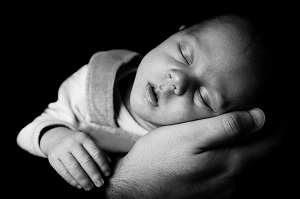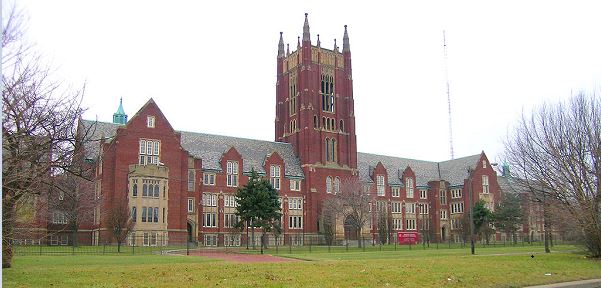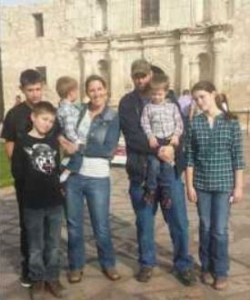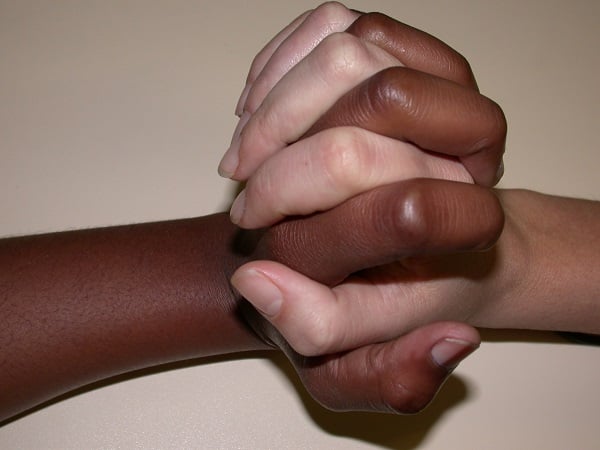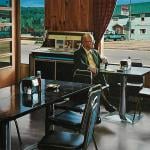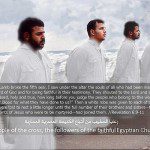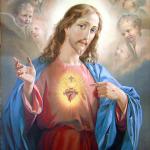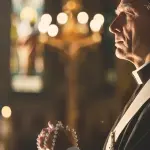I was one of those kids who really wasn’t sure what I’d like to do after graduating high school. An honors graduate with specialization in business classes, I found an office job—working as an executive secretary for Michigan Blue Cross-Blue Shield. For several years before beginning college, I boarded a bus each morning for the 15-mile commute to my office in downtown Detroit.
 So it was that on Monday, July 24, 1967, the day that life changed for the city of Detroit, I was at my desk.
So it was that on Monday, July 24, 1967, the day that life changed for the city of Detroit, I was at my desk.
In the early afternoon, our staff were notified that the office—no, the entire building—no, the entire city would be closing down early. Commuters were rushed out the doors by worried guards, then were lined up and squeezed onto buses that arrived earlier than usual to transport office workers to homes outside the city limits. As the packed bus lumbered southward along Fort Street, we saw smoke and occasional fires on the side streets. Crowds gathered on street corners and in doorways, sometimes spilling out into the streets. A few of the aimless protesters banged their fists on the side of our bus; but we passed safely.
* * * * *
 News coverage in the early hours of the riots was intentionally sparse; so many of us in our cubicles that day hadn’t realized that there had been a volatile incident in the early morning hours of Sunday, July 23. At a blind pig in the city–an unlicensed after-hours drinking pub hidden above a print shop on 12th Street at Clairmount, on the city’s near-west side—there had been a police raid. Detroit Police officers had entered the illegal club and arrested 82 people inside, who were celebrating the homecoming of two GIs’ return from service in Vietnam.
News coverage in the early hours of the riots was intentionally sparse; so many of us in our cubicles that day hadn’t realized that there had been a volatile incident in the early morning hours of Sunday, July 23. At a blind pig in the city–an unlicensed after-hours drinking pub hidden above a print shop on 12th Street at Clairmount, on the city’s near-west side—there had been a police raid. Detroit Police officers had entered the illegal club and arrested 82 people inside, who were celebrating the homecoming of two GIs’ return from service in Vietnam.
The arresting officers were white; the partygoers were black.
As Detroit Police officers waited for vans to transport the detainees, a crowd of onlookers gathered. People from the neighborhood began throwing bottles and rocks at the arresting officers and at their vehicles; then, the angry mob tossed a few rocks through store windows and began dragging merchandise into the street. Someone started a fire in a grocery store at 12th Street, and the militant crowd would not let firefighters put the fire out. Other fires started in other neighborhoods; and for five days, Detroit’s skyline was smeared by smoke and flame.
Over the next five days, mobs would set 431 intentional fires throughout the city. A city-wide curfew was imposed; sales of alcohol and firearms were suspended; and businesses were shuttered. Looting was widespread. In the end, there were 43 dead and nearly 1,200 injured. Police arrested over 7,200 people, and more than 2,000 buildings were destroyed. My dad and I drove through the streets after it ended, wounded by the smoke of burned buildings and ruined lives, stunned to see National Guardsmen, rifles trained, still guarding the rooftops.
The 1967 riots in Detroit were a permanent stain on my city’s history. Nearly fifty years later, many of the sites remain vacant—weedy lots where once stood mom-and-pop shops, neighborhood grocers, offices, churches, and homes.
There were local heroes: Local celebrities including Detroit Tigers’ Willie Horton, who had grown up near the epicenter of the race riot, and popular Motown singer Martha Reeves rode down 12th Street, trying in vain to calm the crowd. Nothing worked.
* * * * *
And two blocks from the site of the first fire, on the campus of Sacred Heart Major Seminary, in a gesture of understanding and outreach, someone—was it students?—used black paint to cover the face, hands and feet of a statue of the Sacred Heart.
At first the paint job was regarded with suspicion. Was it vandalism? Was it a symbol of racial pride?
 But over time, the iconic “Black Jesus” became a symbol of the Catholic Church’s welcome embrace of all, regardless of race or ethnicity. Today, it is a nationally-known icon representing Christ’s love of all peoples, and is regarded with pride by the seminary’s black and white neighbors. Sacred Heart Seminary has pledged to keep the features of the Sacred Heart black for all time.
But over time, the iconic “Black Jesus” became a symbol of the Catholic Church’s welcome embrace of all, regardless of race or ethnicity. Today, it is a nationally-known icon representing Christ’s love of all peoples, and is regarded with pride by the seminary’s black and white neighbors. Sacred Heart Seminary has pledged to keep the features of the Sacred Heart black for all time.



